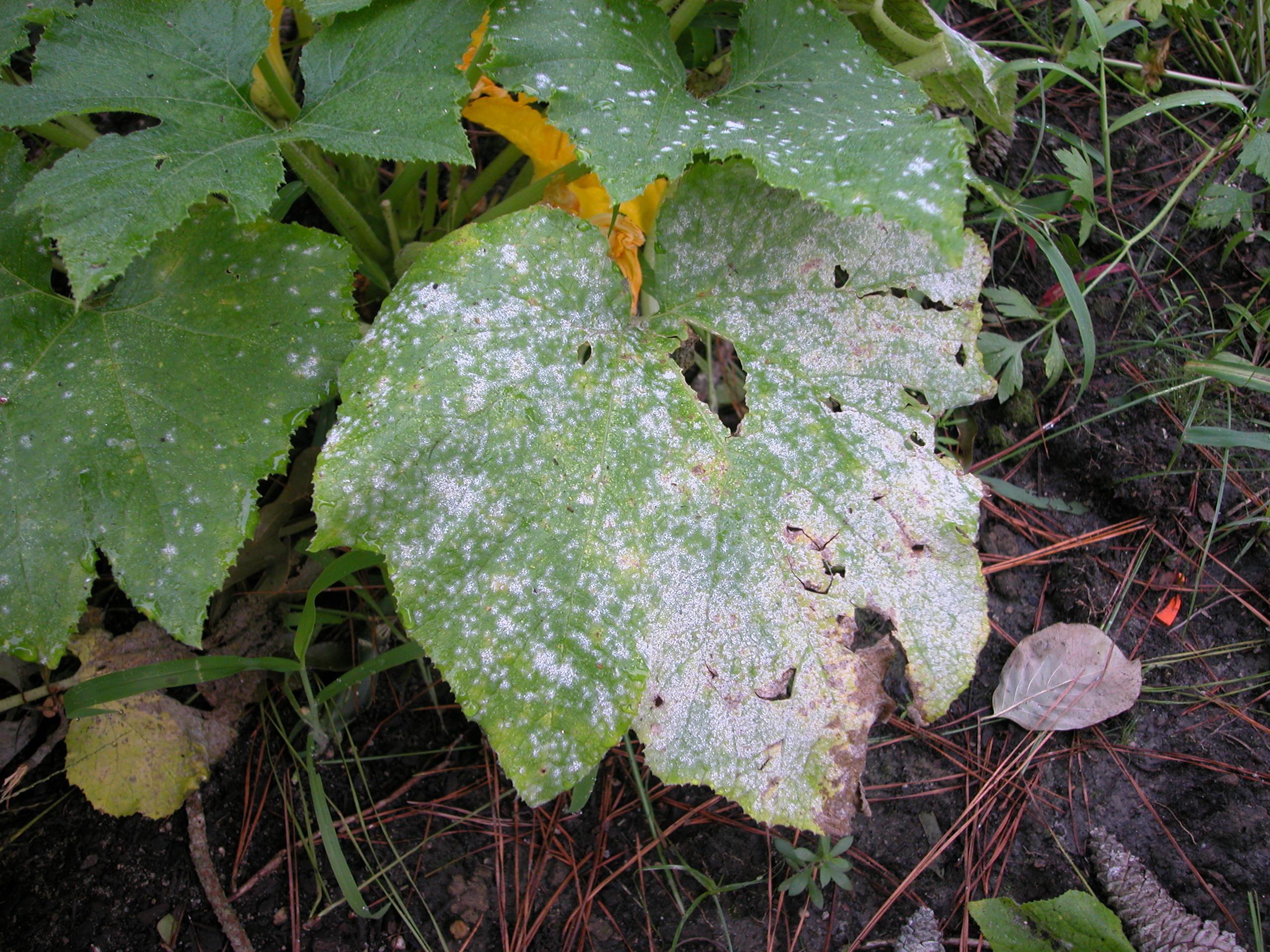
Downy mildew
Plasmopara (syn. Peronospora) spp.
What is Downy mildew (Peronospora and Plasmopara.)?
Downy mildew is a fungal disease caused by various species of fungi such as Peronospora, Plasmopara, and Bremia. It is distributed worldwide and affects a wide range of plants, including vegetables, ornamentals, and field crops. The disease manifests as fluffy white, lavender, or purple sporulation on the undersides of infected leaves. Lesions are angular and bordered by veins, while pale yellow, purple, or necrotic areas may appear on the upper side of the leaf. Downy mildew thrives in wet or humid conditions with high humidity (>90%) and cool temperatures (40°F to 60°F).
How does Downy mildew (Peronospora and Plasmopara.) occur?
Downy mildew reproduces through the production of spores. The pathogen releases spores into the air, which can be dispersed over short or long distances. When these spores land on susceptible plant surfaces, such as leaves, and encounter free water, they germinate and penetrate the plant tissues. This leads to infection and subsequent disease development. In addition to asexual spores, some downy mildew species can also produce sexual spores called oospores. These oospores can survive dry conditions, allowing the pathogen to persist even in the absence of a host plant.
Symptoms
1 - Impacts on Plants
• Downy mildew can cause significant damage to plant health and productivity, resulting in decreased crop yields. Infections in young shoots can lead to stunted, malformed, and discolored growth. • The disease can compromise the plant's ability to photosynthesize. Severely infected plants may have compromised root systems, affecting their ability to absorb nutrients from the soil.
Solutions
1 - Prevention
• Avoid planting susceptible crops in the same location year after year to reduce the buildup of the pathogen. • Provide adequate spacing between plants to improve air circulation and reduce humidity. • Avoid overhead irrigation methods that can create wet conditions and promote disease development. • Remove weeds that can serve as hosts for downy mildew pathogens.
2 - Cultural practices
• Remove and destroy infected plant debris promptly to prevent the spread of spores. • Prune plants to improve airflow and reduce humidity within the canopy. • Ensure proper nutrition and irrigation practices to promote overall plant health and resilience.
3 - Fungicide treatment
• In severe cases or when prevention methods are not sufficient, the application of fungicides may be necessary. • Copper-based fungicides, systemic fungicides, and contact fungicides are commonly used to prevent and treat downy mildew, each offering different modes of action and levels of protection. • Consult with local agricultural extension services or experts for appropriate fungicides and timing of applications.
